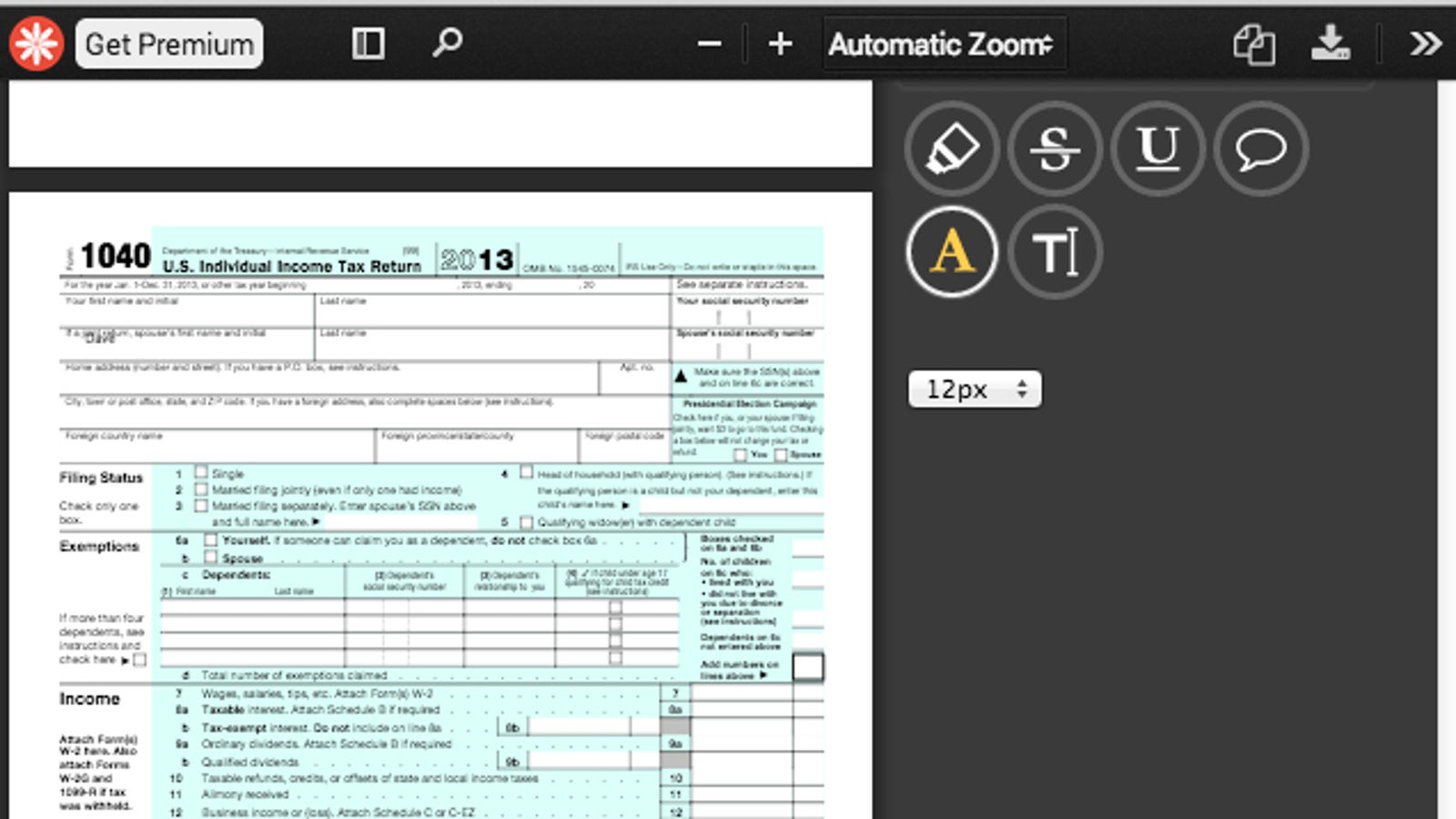


If you must do any quantitation on your images, you cannot use overlap. X zoom#)/ 8 ) + 3 = ideal overlap%įor example, if you are using a 60X objective with a zoom of 1.5, the ideal overlap is around 14%, and you would set the overlap # to 86%. The optimal amount of overlap is determined by the total magnification: Some overlap is required for optimal image stitching to produce the most seamless combined image. The overlap setting is in the window next to the % sign. The 3rd button from the right on the MATL Control window opens the “Preferences” window. You also have the option to name your image files (this will show up later on the Registered Point List spreadsheet). If you want to do Time Lapse, see below (“Setting up time-lapse mosaics”).Ĭlick the 4th button from the right (disc & wrench) on the Registered Point List window, which will allow you to set the folder destination (Folder Name window). If you experience a problem with getting the MATL program to accept Z-coordinates, follow the instructions HERE. It is essential to click “Depth” BEFORE setting up your matrix, otherwise the program will function only in 2 dimensions. If you wish to merge Z-stacks, set your start and end points, then click the “Depth” button in the “Image Acquisition Control “ window.

Load your dyes (virtual phases cannot be done in combination with MATL), find a region of interest on your slide, set exposure levels, etc. You should see 3 new windows: Stage Control, MATL Control, and Registered Point List (more detail on those later). When it is finished moving, you can place your slide/dish on the stage. This will cause the stage to move around. The “XY stage warning” window will pop up with the statement: “This stage will move in a wide range to detect its mechanical origin”.
Olympus viewer 3 root directory series#
Mosaic stitching allows you to take a series of overlapping images and merge them together into a seamless picture of the entire subject.īEFORE you place your slide/dish on the microscope, start the FV1000 software, and select “Multi Area Time Lapse” (MATL) from the “Device” tab on the top of the screen. Many samples are larger than the microscope’s field of view, but sometimes you wish to produce an image that shows the whole sample.


 0 kommentar(er)
0 kommentar(er)
